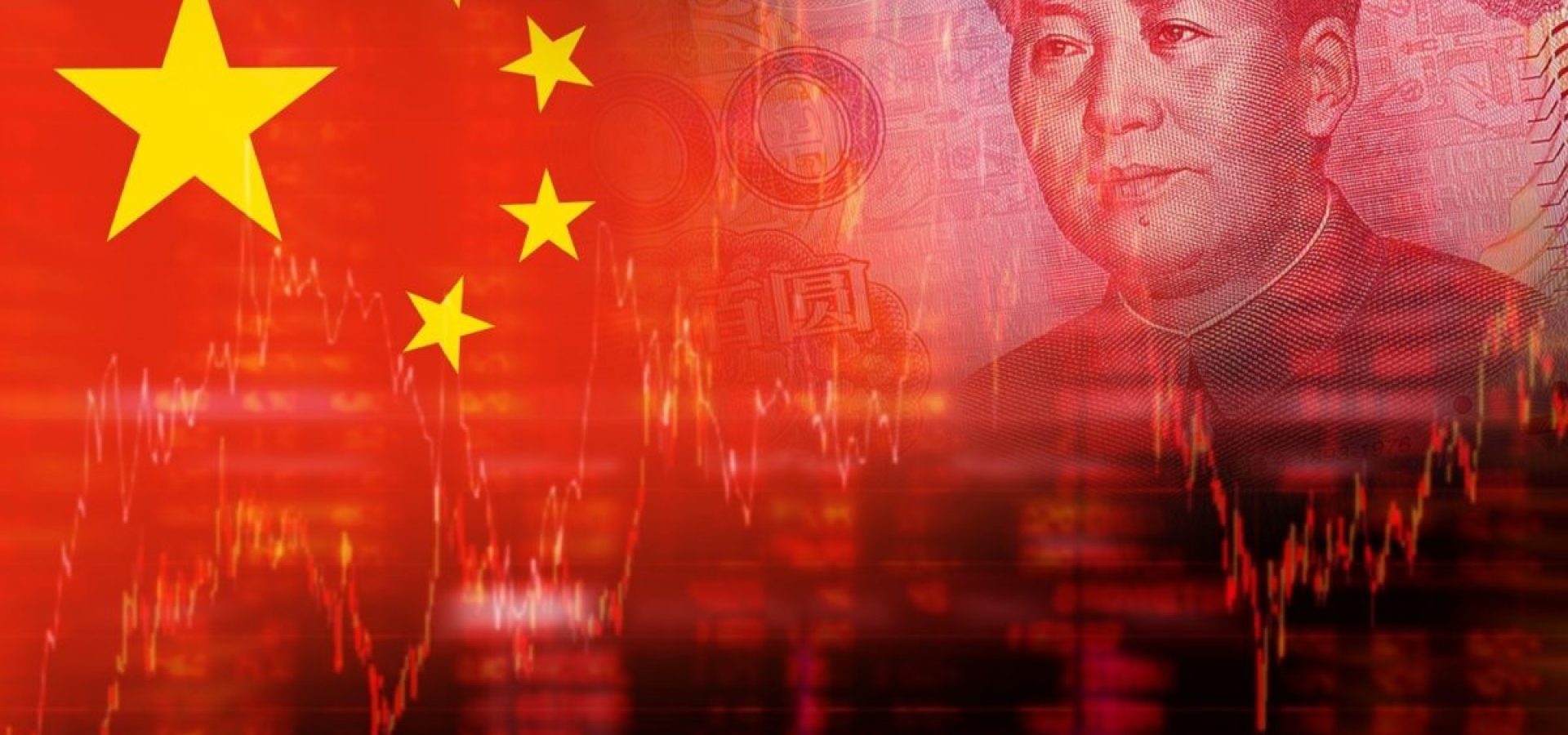Quick Look
- China exceeded its modest growth target by over 5% last year.
- The crisis in the property market, subdued exports, and regulatory pressures on private sectors mark key challenges.
- Record withdrawals by international investors from Chinese stocks signal waning confidence.
- Deflation streaks and high debt-to-GDP ratios underline systemic economic pressures.
- Government strategies aim at economic rebalancing, with emphasis on consumption over investment and high-tech industry support.
China’s economic landscape is at a pivotal juncture, having slightly surpassed its growth target last year with an expansion of more than 5%. This achievement, though modest by historical standards, occurs amid significant headwinds. The Year of the Dragon brings formidable challenges, including a beleaguered property sector, diminishing export earnings, and stringent regulations on private businesses. These factors contribute to a palpable sense of caution among international investors, leading to record outflows from Chinese equities. This sentiment underscores the broader uncertainties clouding China’s economic trajectory.
Tackling Deflation: China’s Bold Moves
The emphasis on boosting domestic consumption has never been more critical, identified as a key lever to counteract the economic slowdown. However, China grapples with its longest deflationary period since the 2008 financial crisis, highlighting the urgency for effective policy interventions. The government has responded with measures aimed at stimulating the economy, including easing mortgage rates and reducing banks’ reserve requirements. Yet, these efforts unfold against a backdrop of a daunting debt-to-GDP ratio and a real estate sector in distress. The sector currently continues to weigh heavily on the nation’s economic prospects.
5% Target: China’s Rebalancing Act
In the face of these challenges, the National People’s Congress has signalled a conservative growth target of around 5% for the upcoming year, reflecting cautious optimism. Experts advocate for a strategic rebalancing of the economy, urging a shift from investment-driven growth towards fostering higher consumer spending. This strategy includes scaling back incentives to save, which remains a dominant trait among Chinese households, and ramping up investments in social services. Additionally, Beijing’s focus on bolstering high-tech industries, such as AI and advanced computer chips, underscores a long-term vision aimed at reducing dependency on foreign technology.
Stabilizing Markets: China’s High-Tech Push
Despite the acknowledged need for rebalancing, the Chinese government will likely persist in subsidizing the manufacturing sector, driven by Marxist ideological underpinnings. President Xi Jinping’s administration also prioritizes economic security and self-sufficiency. It currently has significant investments in sectors poised for consumer impact, like renewable energy and electric vehicles. However, further rate cuts in open market operations and medium-term lending facilities are anticipated to navigate the immediate economic turbulence. These should rejuvenate growth and stabilize market sentiment.









COMMENTS